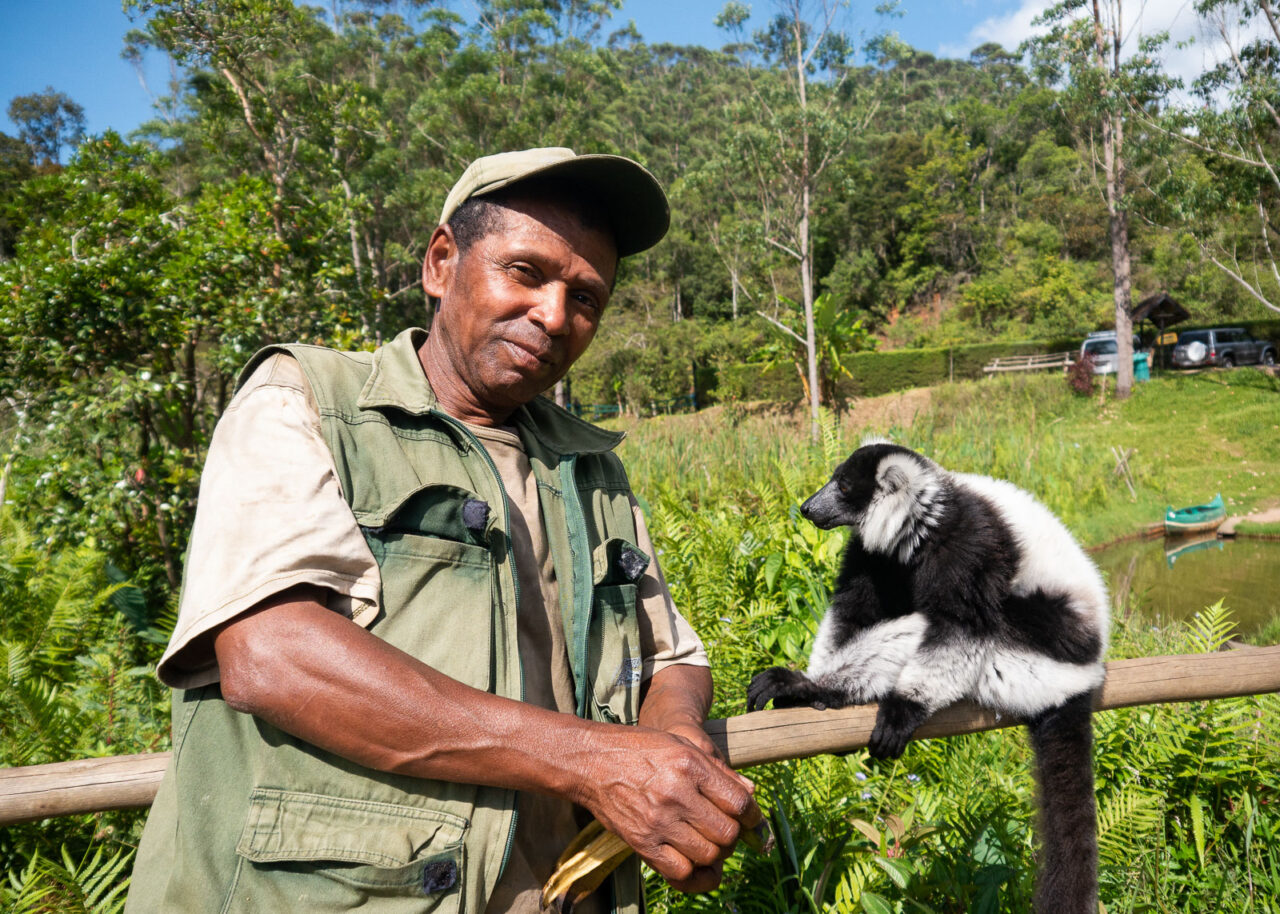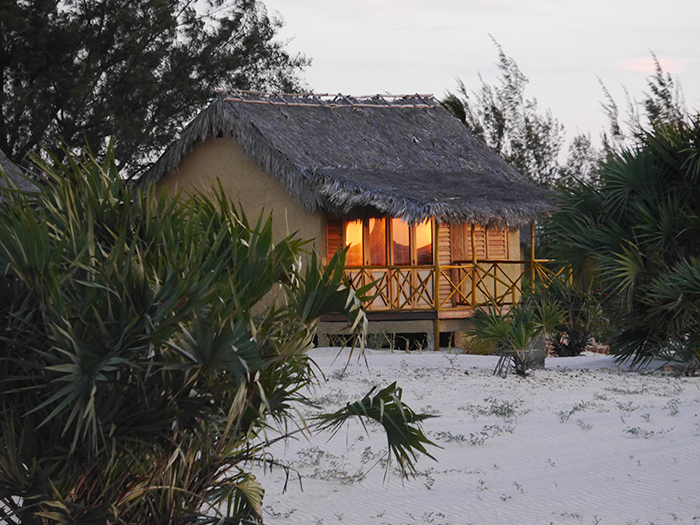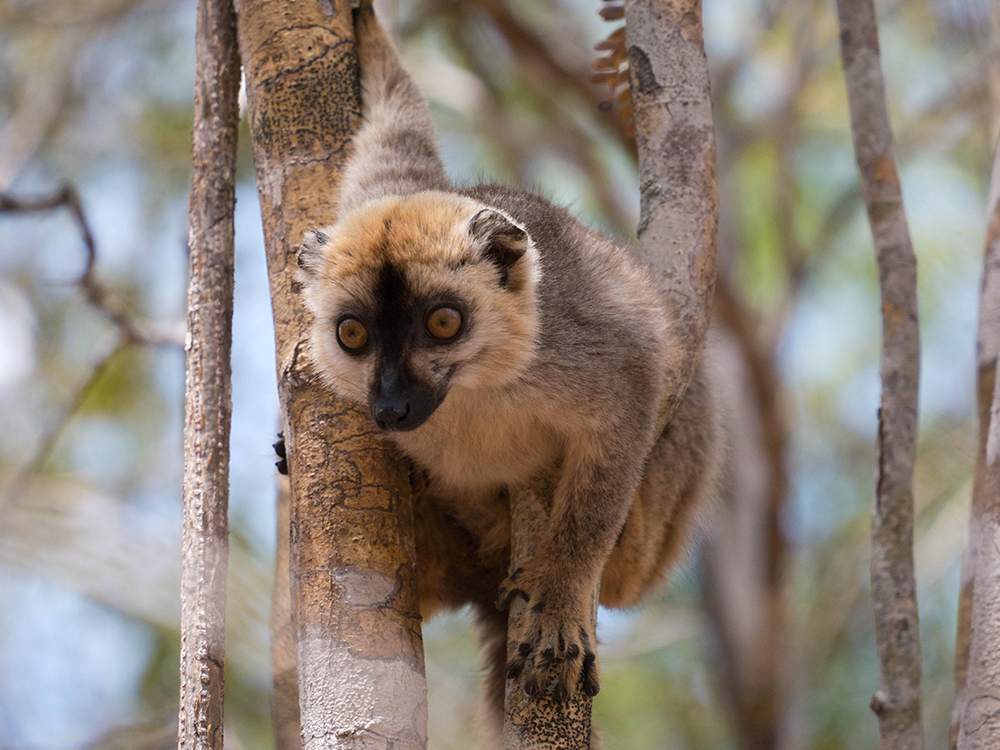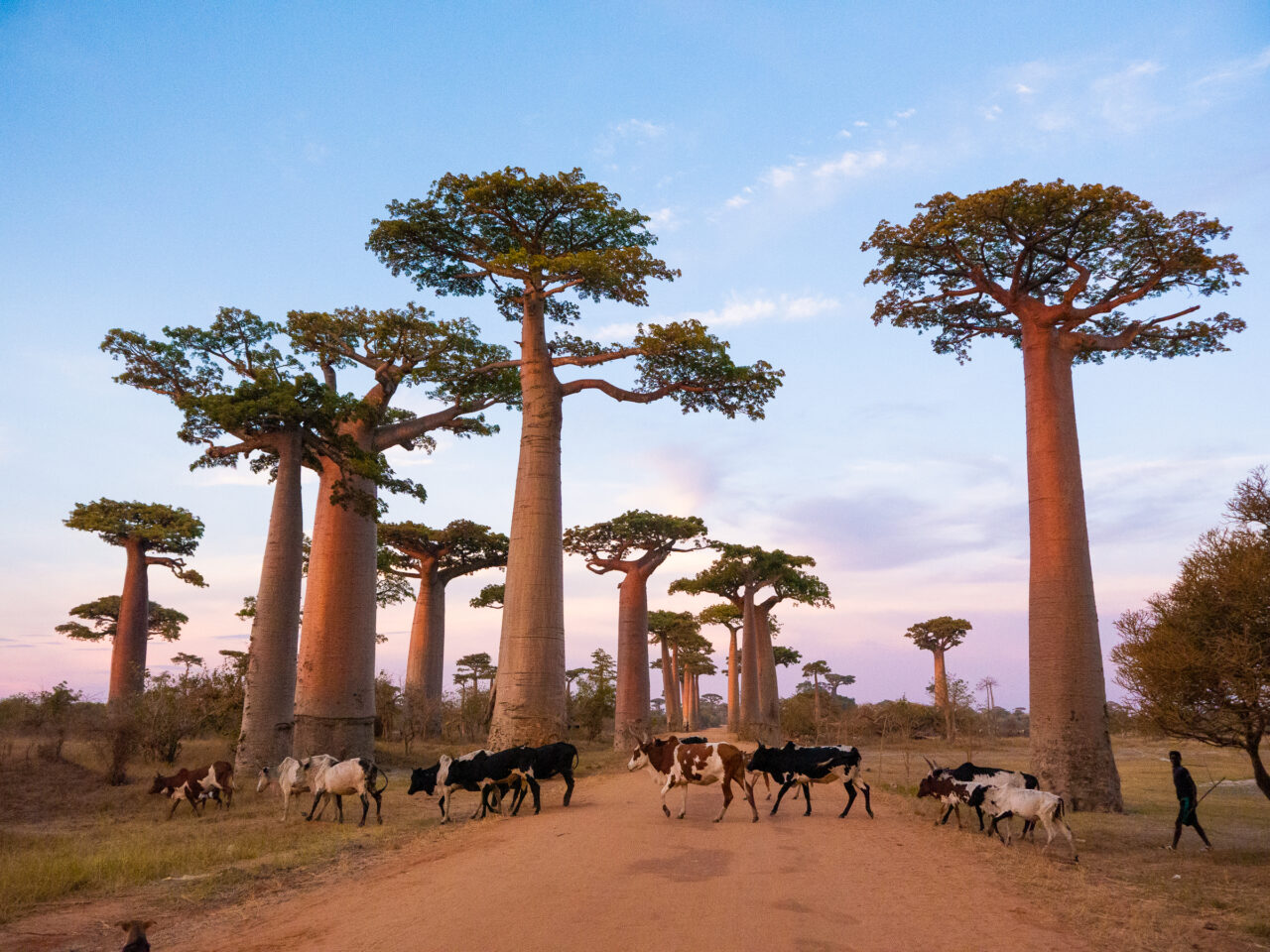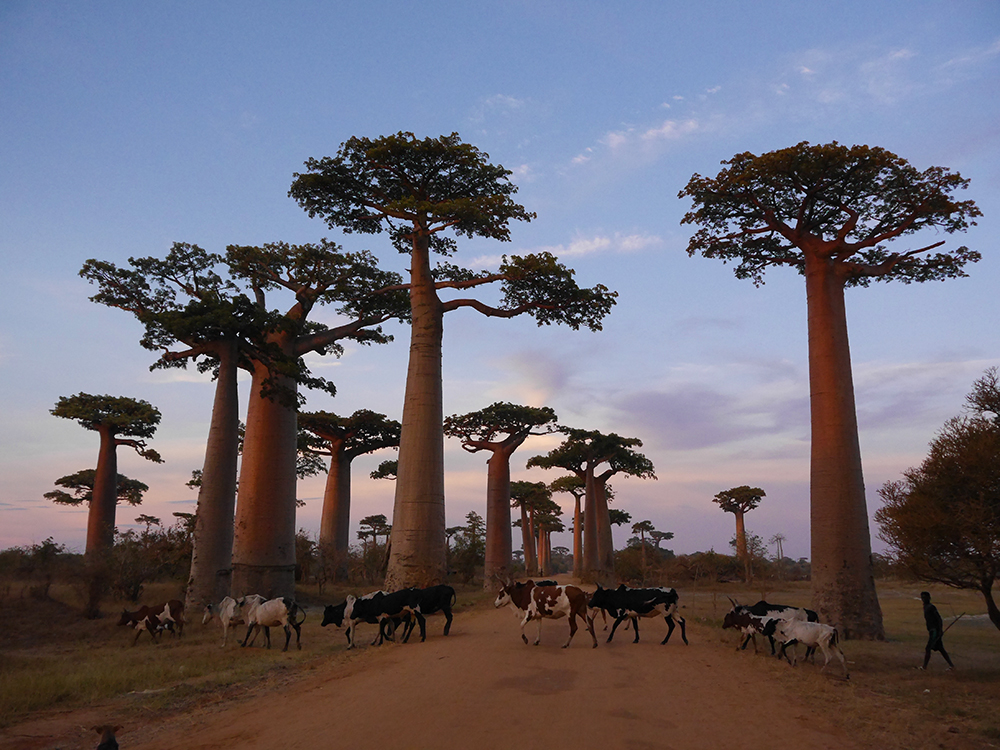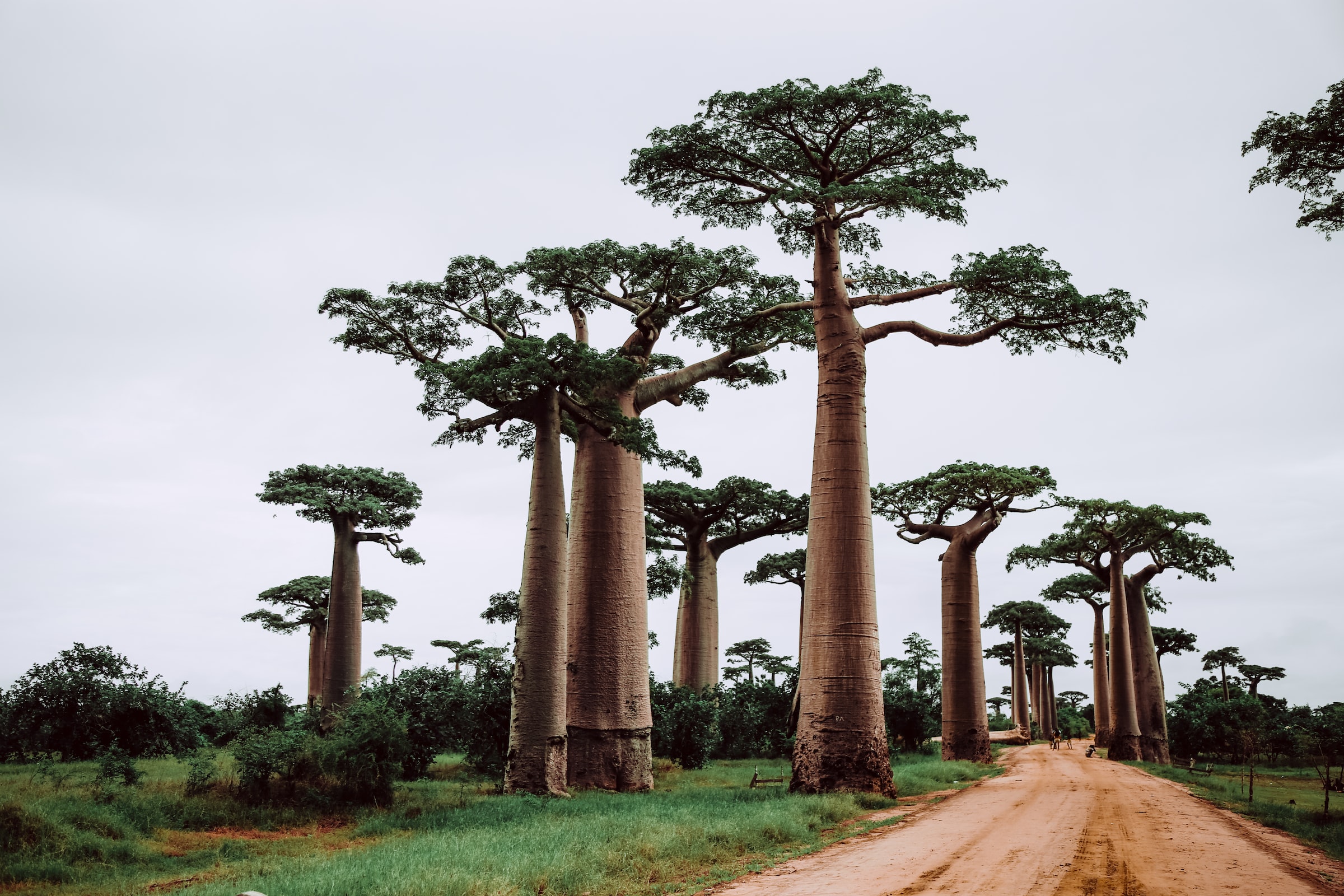
Madagascar Travel Guide
One of the most biodiverse countries in the world, Madagascar is home to all sorts of fascinating creatures, including lemurs, fossas, chameleons, turtles and tomato frogs.
Since over 90% of Madagascar’s wildlife is endemic, it’s a great place for wildlife-watching and up-close encounters. The island is also known for its baobabs – deciduous trees with unusual barrel like trunks and and compact crowns. The best place to see these trees is at Avenue of the Baobabs, which is located in western Madagascar.
Since Madagascar is an island, it has plenty of rugged, idyllic beaches to discover. You’ll also find some stunning beaches on the smaller islands off the coastline, such as Nosy Be and Nosy Komba.
No trip to Madagascar would be complete without seeing Madagascar’s cute and adorable lemurs. Some of the best places to see them include the Kirindy Reserve, Lemur Island and Andasibe National Park.
For all the information you need to plan your trip, check out my epic Madagascar travel guide.
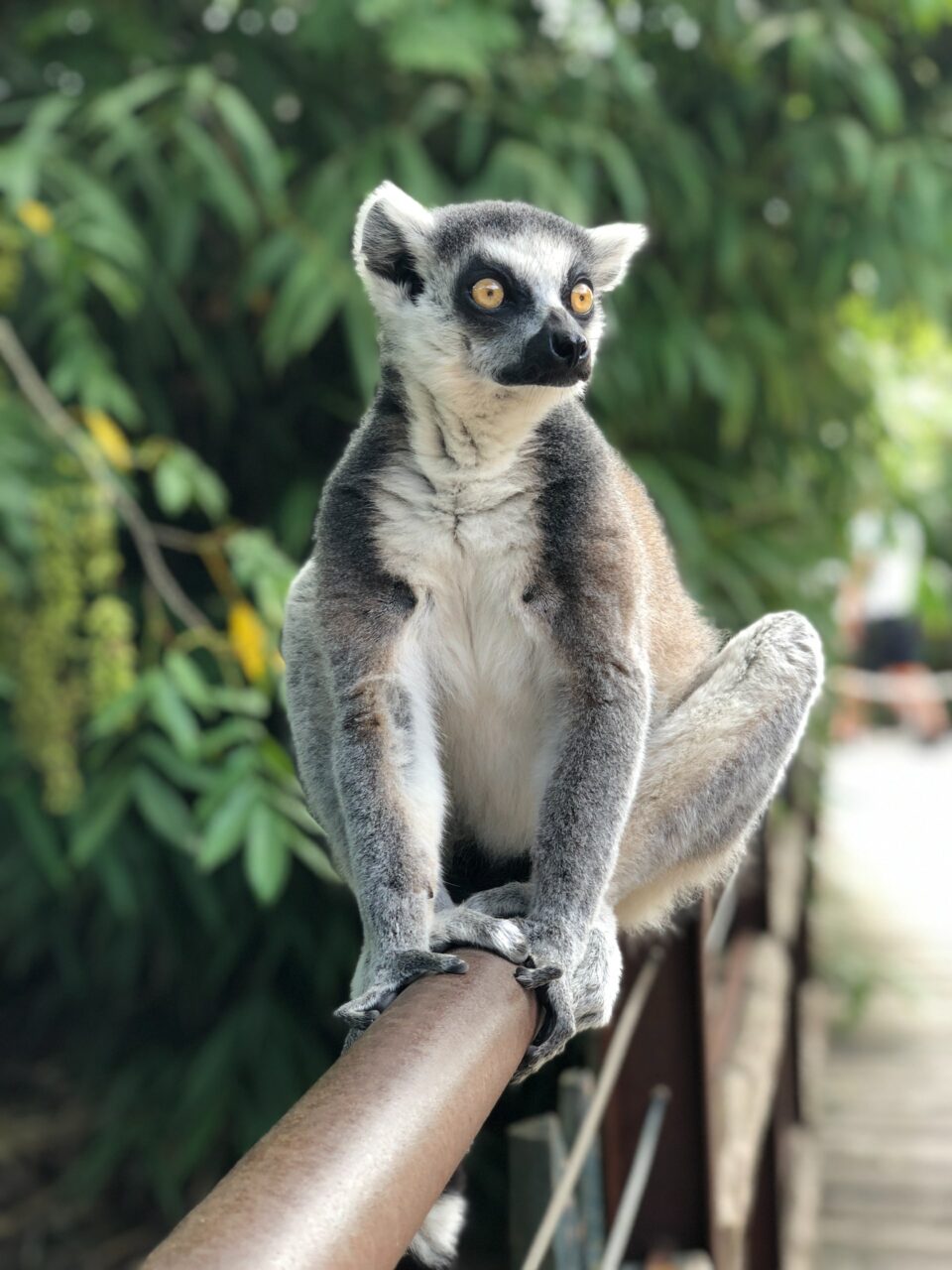
Quick Madagascar Tips
Language: The languages of Madagascar are Malagasy and French.
Currency: Madagascar’s currency is the ariary, which is subdivided into 5 iraimbilanja.
Plug sockets: Madagascar’s plug sockets are type C, D, E, J and K. Type C is the European-style plug with two round pins. Standard voltage is 127 / 220 V and standard frequency is 50 Hz.
Credit cards & ATMs: When visiting Madagascar it’s best to bring USD or euros which you can exchange at banks, exchange bureaux and larger hotels. You’ll also be able to find ATMs in Antananarivo and other large cities. While you may be able to pay with credit card at some hotels or restaurants, don’t rely on being able to pay with card.
Getting around: Since Madagascar has poor infrastructure and unreliable public transportation, it’s best to hire a driver or take a tour. If you plan on taking a tour I’d recommend G Adventures or Intrepid Travel.
Safety: I’d advise visiting Madagascar on a tour so all your transportation is organized and you have a local guide to show you around. Many people in Madagascar live in extreme poverty and there have been incidents of robberies involving tourists. Always watch out for your belongings and don’t go out wearing expensive jewelry or carrying lots of cash. If visiting the capital of Antananarivo, don’t walk around on your own at night.
Best Time to Visit Madagascar
The best time to visit is during Madagascar’s dry season, which runs from April to October. During this time you can expect slightly cooler temperatures but plenty of sunny days and less rainfall, making it the perfect time for wildlife watching, hiking and diving. Dry season is the busiest time of year, so you can expect airfare and hotel prices to be more expensive.
If you want to go whale watching, the whales appear on Île Sainte-Marie in July and stay there until the end of September.
The wet season occurs between the months of November to March and during this time road conditions can be very poor. Many roads become flooded or inaccessible and it’s much more difficult to spot wildlife due to the reduced visibility and heavy rain showers.
Wet season is typically warmer and very humid with temperatures in the high 70s and low 80s. It’s not the best time to visit but you’ll be able to get cheaper hotel rates.
Visiting Lemur Island, Madagascar
A big draw of visiting Madgascar is lemur watching because this is the only place…
Review: Palissandre Cote Ouest Resort-Spa, Madagascar
Over the years I’ve stayed in some beautiful beach resorts, but none quite as idyllic…
Lemur Watching in The Kirindy Reserve, Madagascar
If you’re visiting the Menabe region of Madagascar, it’s certainly worth visiting the Kirindy Reserve-…
Madagascar Travel Guide: Planning a Trip to Madagascar [EPIC Guide!]
I went to Madagascar in 2014 not really knowing what to expect except that I…
Watching Sunset at Avenue of the Baobabs, Madagascar
“I like trees because they seem more resigned to the way they have to live…

